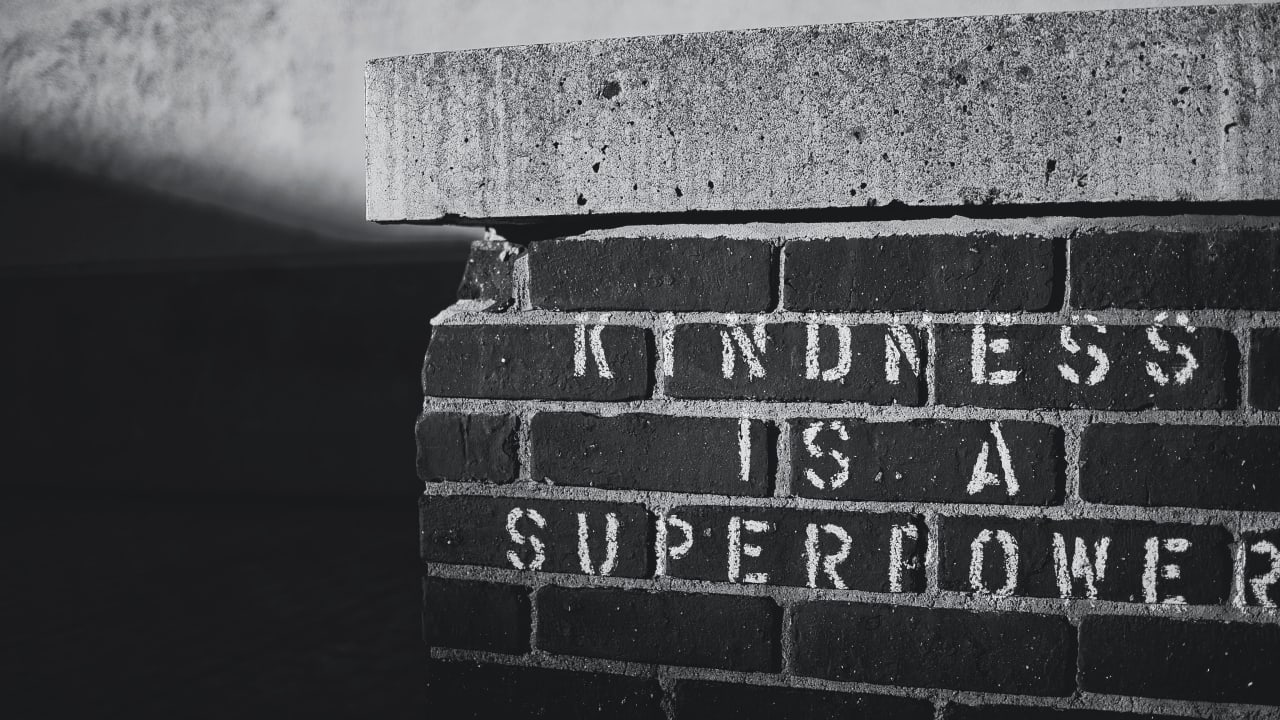Yom Kippur 2025 arrives at sundown on October 1, ushering in the holiest day in the Jewish calendar and drawing global attention. With communities preparing for a solemn 25-hour fast, synagogues filling with prayers, and nations issuing messages of support, the significance of this Day of Atonement is more resonant than ever. In this article, we bring together key highlights from recent opinion pieces, official statements, and cultural commentary to present a deeper, more comprehensive celebration of Yom Kippur.
What Is Yom Kippur — Timing, Traditions, and Significance
Yom Kippur—literally “Day of Atonement”—is considered the most sacred day in Judaism, devoted to repentance, fasting, and renewal.
In 2025, the fast begins on October 1 at sunset and ends the next evening, October 2, after nightfall.
Throughout the day, observant Jews refrain from eating or drinking, wear simple attire (no leather shoes), abstain from bathing or anointing, and focus intensely on prayer, confession, and reconciliation.
Yom Kippur closes the period known as the “Ten Days of Repentance,” which begins with Rosh Hashanah.
The liturgy includes the recitation of Al Chet—a series of confessions in the plural voice, reminding worshippers that we are bound in communal accountability.
In Israel, the day is treated much like Shabbat: public transport stops, businesses close, and broadcasting halts.
Even secular or culturally Jewish people often attend synagogue services at least on Yom Kippur, making it one of the highest attendance days in the year.
Appropriate Greetings & Cultural Expectations
When Yom Kippur begins, many people exchange greetings like “G’mar Chatimah Tovah” (may you be inscribed for good) or “G’mar Tov”.
In English, you may hear “May you be sealed in the Book of Life,” which reflects the belief that one’s fate is sealed on Yom Kippur.
Beyond simple greetings, many view the High Holidays—including Yom Kippur—as a moment of reflection with implications beyond religious boundaries. A Washington Post opinion argues that the Jewish High Holidays teach a democratic virtue: humility and the capacity to admit fallibility in an era of polarization.
In public discourse, opinion writers have used Yom Kippur’s themes of confession and repentance to critique divisions in society or demand moral accountability.
The U.S. Presidential Message & Wider Political Signals
For 2025, the official Presidential Message on Yom Kippur reaffirms themes of religious liberty and peace. The statement offers blessings: “May you be inscribed in the Book of Life, may God bless you, and may He continue to bless the United States of America.” The White House
It also underlines the administration’s commitment to end faith-based persecution and uphold religious freedom at home and abroad.
This follows the earlier Presidential Message on Rosh Hashanah, which similarly called for combating antisemitism and reaffirmed support for the Jewish community.
In many democracies, such statements serve a symbolic as well as substantive purpose—demonstrating government respect and lending visibility to minority traditions in the public sphere.
Notably, the Jerusalem Post opinion piece you shared argues that political and military leadership must heed moral accountability, especially when discussing conflicts in Gaza and the broader Middle East. (While the article is not about Yom Kippur per se, it frames the moral stakes in the context of Jewish identity and ethics.)
In this moment, Yom Kippur’s themes of introspection resonate loudly in geopolitics, reminding leaders and citizens alike that the greatest conflicts are often moral in nature.
Trends & Commentary: What Voices Are Dominating the Conversation?
- Many opinion writers are reimagining Al Chet (the confessional litany) for our fractious times, calling for collective atonement over public wrongs. For example, The Forward publishes a “Yom Kippur confessional for 2025” that situates personal sins alongside political and communal fractures. The Forward
- Others are exploring how to observe Yom Kippur meaningfully when fasting isn’t possible—for health, age, or circumstance—emphasizing spirituality over strict ritual. Vogue
- In journalism, “When does Yom Kippur begin?” or “How to greet someone on Yom Kippur” type explainers are extremely common every year, seeing high search volume.
- Editorials and op-eds often use Yom Kippur as a lens to critique political polarization, moral responsibility, or communal healing.
Deep Dive: Rituals, Exceptions & Modern Challenges
While the core prohibitions (fasting, no leather shoes, no bathing, no work) are well known, some finer points and exceptions are worth highlighting:
- The laws of Yom Kippur emphasize that saving a life overrides all prohibitions. Thus, a pregnant woman, a seriously ill person, or someone whose health is endangered must break the fast.
- If fasting is dangerous, Jewish law may oblige eating or drinking, not as breaking the rules but as observing a higher commandment.
- Some communities discourage the use of devices, microphones, or any electronics at work.
- The custom of not wearing leather shoes is symbolic of humility, and many wear canvas or fabric footwear instead. www.israelhayom.com
- The liturgy includes Kol Nidre (evening annulment of vows) and Neilah (closing service), among many prayers cast around themes of repentance and renewal.
One modern tension: athletes or public figures who must choose between duty and faith. Historically, Jewish athletes like Sandy Koufax famously sat out important games to honor Yom Kippur.
Even today, decisions like that draw media attention and public debate. Such stories can humanize the ritual and show its real impact beyond synagogues.
Conclusion
Yom Kippur 2025 is not just a religious observance but a cultural and moral moment in an age of divisiveness. From the opening Kol Nidre prayer to the closing blast of the shofar, the day calls on individuals and communities to reset—by confessing, forgiving, and healing. The presidential greetings and trending op-eds around this year’s observance make clear that Yom Kippur speaks both to souls and to societies.
Subscribe to trusted news sites like USnewsSphere.com for continuous updates.





